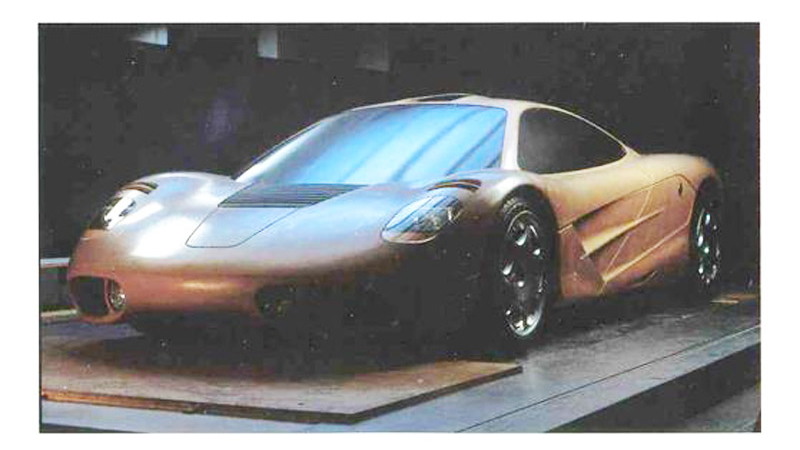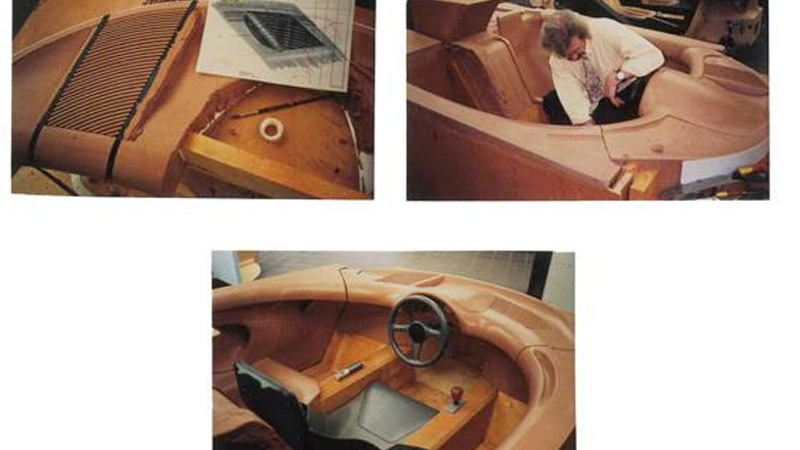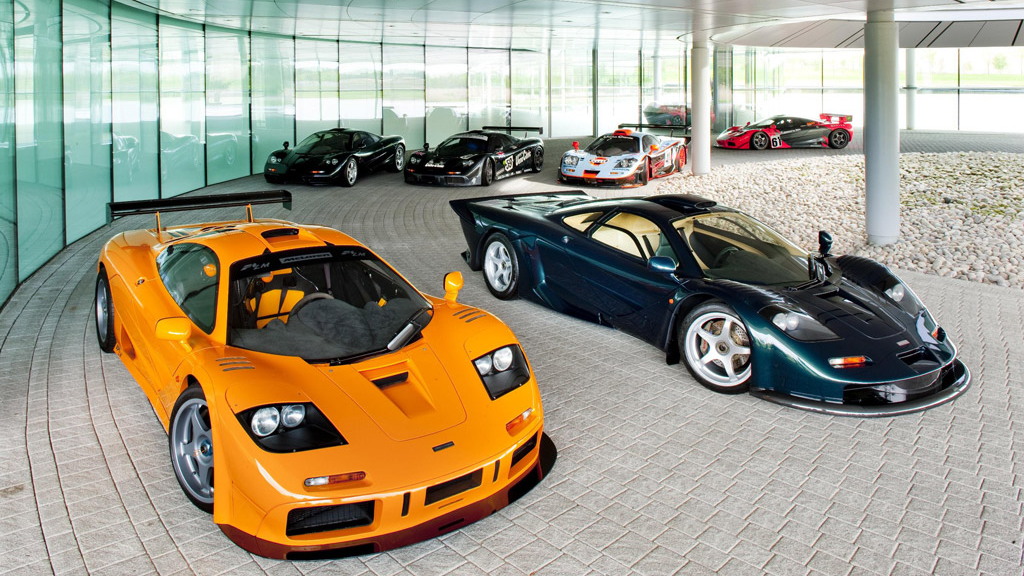That car is, of course, the legendary McLaren F1, which remains the world’s fastest naturally-aspirated car, having achieved an unmatched top speed--in production car terms--of 240.1 mph back in 1998.
We can now take a rare look at the McLaren F1’s gestation, thanks to a series of photos depicting the clay modeling stage of the supercar’s original concept, conceived by British engineer Gordon Murray in the late 1980s.
The photos show several clay models developed by Murray’s team for the F1. In particular, they reveal that the exterior of the F1 could have been significantly different to the final look that was picked. The headlight design, for example, is much better on the production F1 than on this clay model.
Some of the aerodynamic features are also different between clay and production models. One interesting feature is the roof-mounted scoop, which resembles the unit on the new P1 (pictured below). The overall shape of the greenhouse, the area comprised by the windows, also looks similar to the design used for the new P1.
McLaren, at Murray’s urging, took the decision to expand from Formula One racing and instead also design and build what it hoped would be “the finest sports car the world had ever seen.” In 1990 the team that was to create the F1 came together for the first time, and just two years later the car was launched.
Each F1 was powered by a 6.1-liter V-12 built by BMW and originally conceived for an M version of the BMW 8-Series. The engine was rated at 618 horsepower and 480 pound-feet of torque.
In addition to its engine, which at the time was one of the most powerful ever fitted to a production car, the F1 was also praised for its unique central driving position and industry-first carbon fiber monocoque chassis. McLaren was the first to introduce the technology to motorsports, and fittingly it was also the first to introduce it to the world of production cars.
At its launch in 1992 the F1 was priced at 540,000 pounds (approximately $873,234 at current exchange rates), and over the course of the next four years would go on to spawn 64 standard models, five F1 LM special editions and three F1 GT hardcore versions. A further 28 F1 GTR race cars were built, as well as six original prototypes.
Today, getting your hands on a McLaren F1 can easily set you back more than $5 million.
_______________________________________






